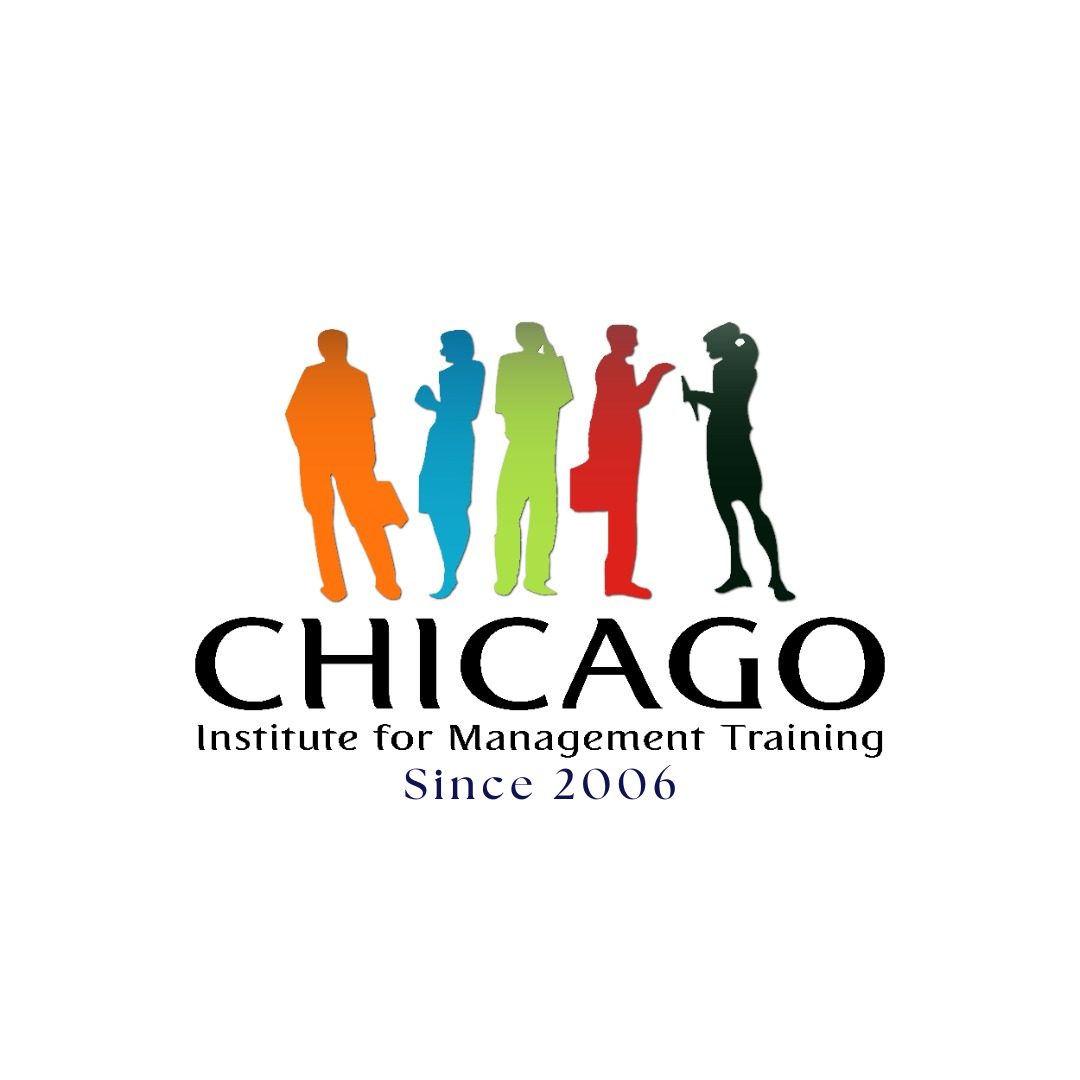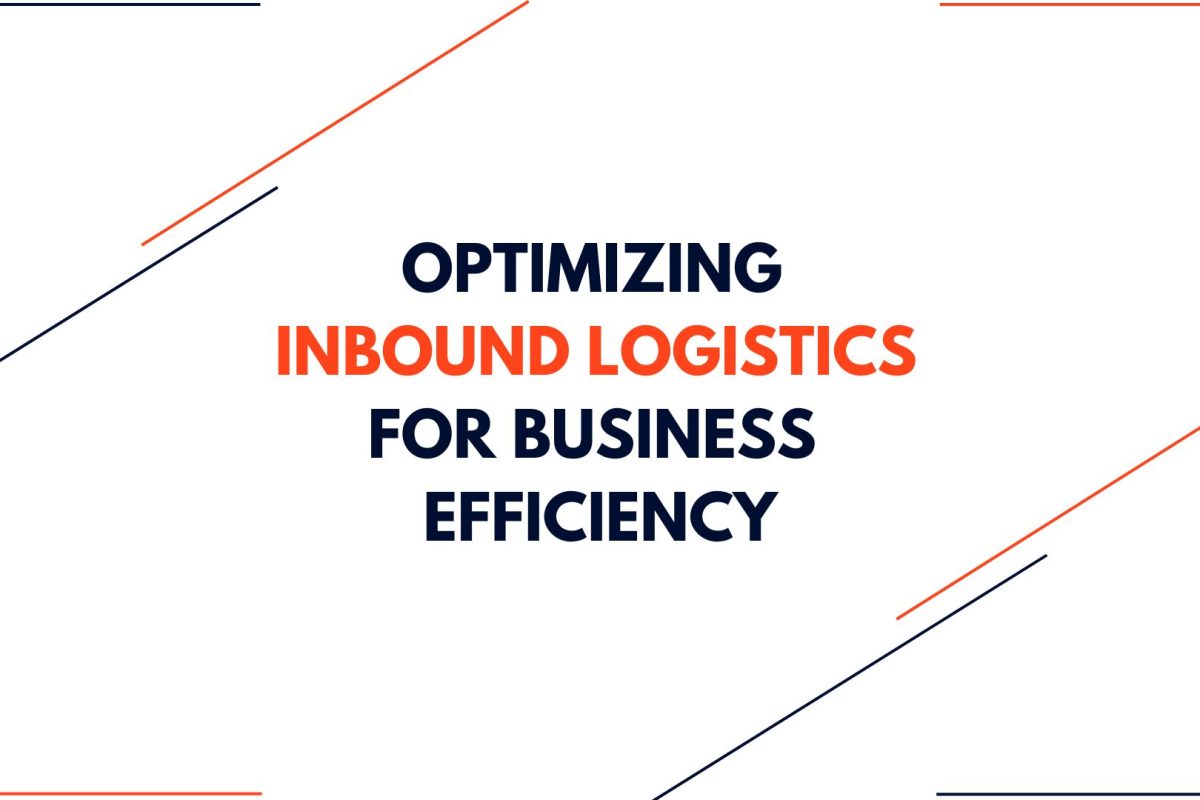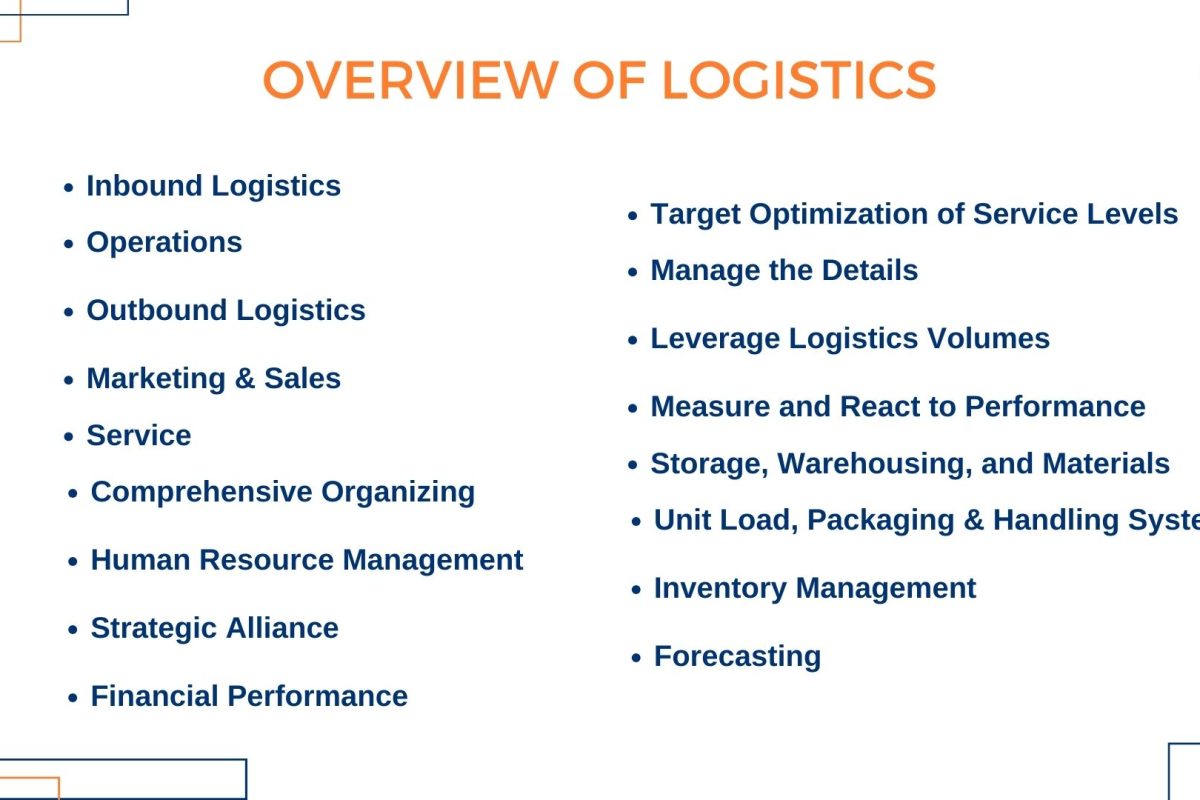Inbound logistics, the backbone of efficient supply chain management, involves the transportation, storage, and receiving of goods into a business. This crucial process ensures that raw materials and components are procured timely and cost-effectively, supporting both office operations and production units. For manufacturing companies, inbound logistics is vital for sourcing the materials needed to produce finished goods.
Job Role: Inbound Logistics Coordinator
The Inbound Logistics Coordinator plays a critical role, ensuring the accurate and timely coordination of inbound purchase orders, systematic receiving, and final destination transfers. This role balances internal operations schedules to maintain a seamless flow of goods into the business.
Optimizing Inbound Logistics Operations
To enhance inbound logistics efficiency, businesses should:
- Evaluate Current Processes: Identify existing workflows and assess requirements.
- Maintain Supplier Relationships: Foster strong connections with suppliers to ensure reliability and quality.
- Address Inefficiencies: Develop strategies to mitigate bottlenecks and streamline operations.
- Utilize Technology: Implement a Transport Management System (TMS) for better tracking and management.
Understanding the Inbound Process
The inbound process in BPO operations involves receiving incoming customer inquiries or requests for assistance through a central hub like a call center. Inbound customer service starts when a customer contacts the company, and a representative provides assistance, answers questions, resolves issues, and may suggest new products or upgrades.
Steps in the Inbound Logistics Process
- Sourcing and Purchasing: Determine necessary materials or inventory and identify suppliers.
- Transport to Distribution Channels: Coordinate transportation to distribution centers.
- Notification: Inform relevant parties about incoming shipments.
- Arrival of Goods: Receive goods at the designated location.
- Receiving: Systematically check and store received goods.
- Reverse Logistics: Manage returns or recycling of products and materials.
Challenges in Inbound Logistics
Inbound logistics faces several challenges, including:
- Information Asymmetry: Lack of transparency in goods movement leading to inefficiencies.
- Demand Fluctuations: Constant changes in demand patterns.
- Storage Constraints: Limited storage space impacting smooth logistics flow.
Inbound Strategy and Marketing
Inbound marketing is a strategy that attracts customers by creating valuable content and experiences tailored to their needs. Unlike traditional advertising, inbound marketing focuses on content creation and information sharing to reach potential customers.
Purpose and Examples of Inbound Logistics
Inbound logistics is essential for ensuring that materials and goods are efficiently ordered, received, stored, transported, and managed. For example, in manufacturing, this involves receiving and storing raw materials such as metals and plastics needed for production.
In conclusion, optimizing inbound logistics is crucial for enhancing supply chain efficiency and supporting overall business operations. By evaluating current processes, fostering supplier relationships, addressing inefficiencies, and leveraging technology, companies can streamline their inbound logistics for better performance and cost savings.








